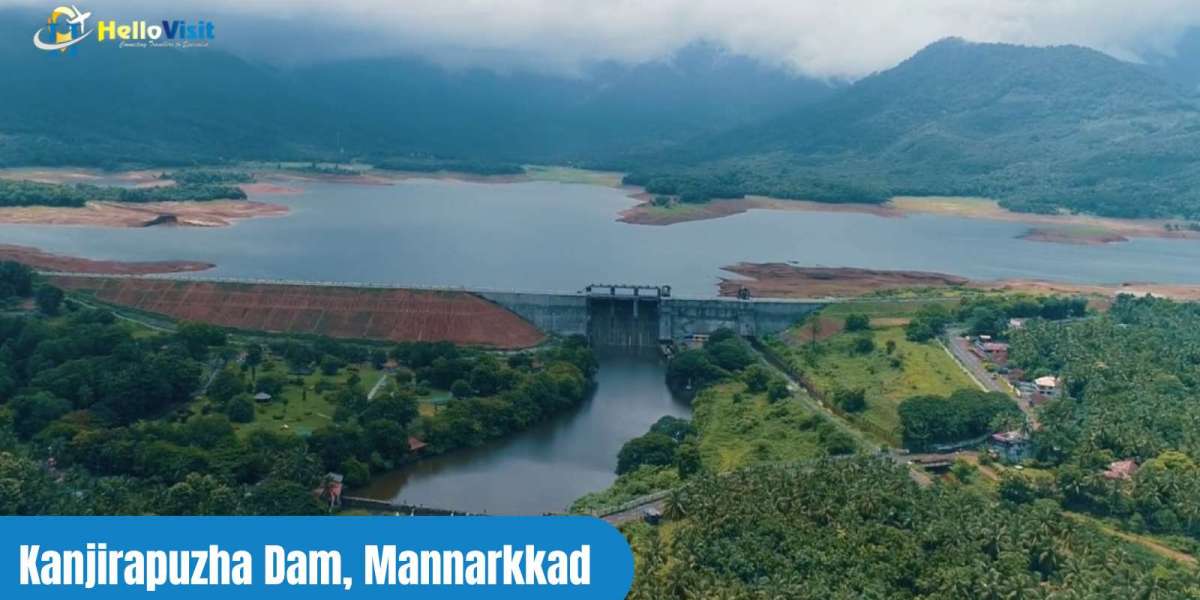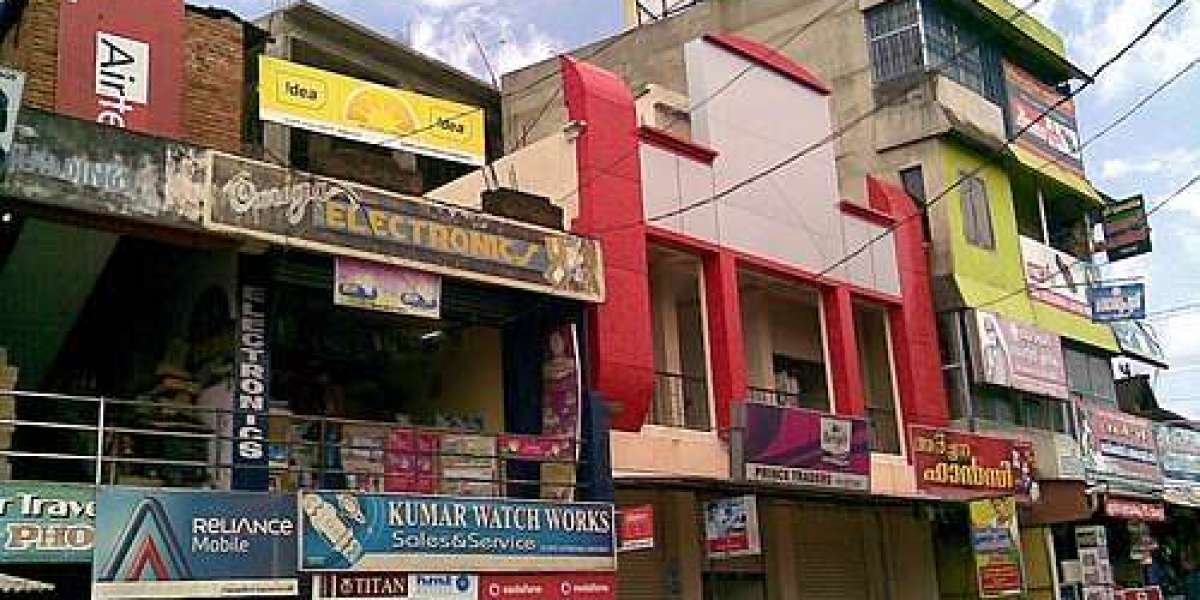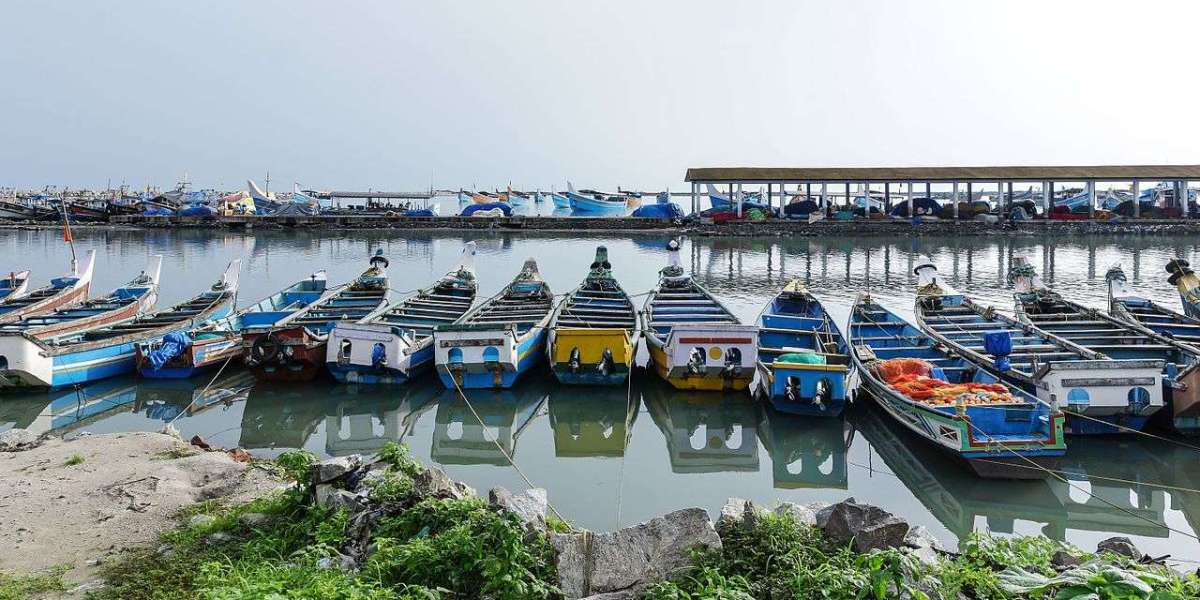Polling Stations & Voter Engagement
In the 2021 assembly election, Thavanur had 158 polling stations, up from 139 in 2016 and 125 in 2011. These venues—schools, madrassas, and community halls—are distributed across ward clusters in each panchayat to maximize accessibility. The total electorate was approximately 199,960, with a voter turnout of about 74.4% in 2021.
Demographics & Cultural Details
The constituency population is roughly 58% rural and 42% urban, with a Scheduled Caste share of around 10.8% and Scheduled Tribe around 0.3%. Literacy levels mirror district norms, at 93–94%, while cultural life revolves around river-based lifestyles, local festivals, and educational activism—exemplified by institutions like the Kelappaji College of Agricultural Engineering & Technology in Thavanur.
Economy & Livelihood Patterns
Agriculture & Plantations: Paddy cultivation, coconut groves, banana and spice fields are prominent in Edappal, Mangalam, and Vattamkulam.
Remittance Economy: Gulf migration remains a vital economic pillar—supporting a broad cross-section of households.
Trade & Small Business: Town centers in Thavanur and Edappal support spice retail, transportation services, cottage industries, and small markets.
River-based livelihoods: Minor fishing and boat transport along the Bharathapuzha, especially near Thavanur, contribute modestly to incomes.
Education & Public Services: Schools, agri-college, gram panchayat offices, and cooperative extension services provide formal employment options.
Economic Strata
A significant portion of residents belong to the middle-income bracket, sustained by a mix of remittance inflows, agricultural produce, and small business earnings. A smaller share—landholding families, professionals, and diaspora-returnees—represents the higher-income tier. A minority, including smallholders or wage laborers in remote hamlets, resides below the poverty line, though high literacy and proactive welfare schemes have mitigated deeper destitution over time.
Recent Development Activities
Electoral infrastructure upgrade: Expansion to 158 polling booths in 2021 made voter access smoother across villages and towns.
Connectivity improvements: Road enhancements connecting Thavanur with Kuttippuram, Edappal, and nearby panchayats have eased mobility and market access.
Support for agriculture: Local agricultural extension services and cooperative initiatives are aiding spice growers and small cultivators in remaining wards.
Riverfront revitalization: Emerging eco-initiatives, including riverbank clean-up drives and minor tourism promotion, are under discussion, leveraging the scenic Bharathapuzha stretch.
Civic facility upgrades: Ongoing renovation of schools, polling centers, streetlights, and sanitation facilities is enhancing local governance infrastructure.
Thavanur Assembly Constituency embodies Kerala’s midland charm: fertile riverine lands, thriving agrarian communities enriched by remittance income, and a dependable civic ethos. With a dominant middle-income demographic, balanced agricultural trade, and sustained infrastructure upgrades, Thavanur continues its path toward inclusive and resilient regional growth.







